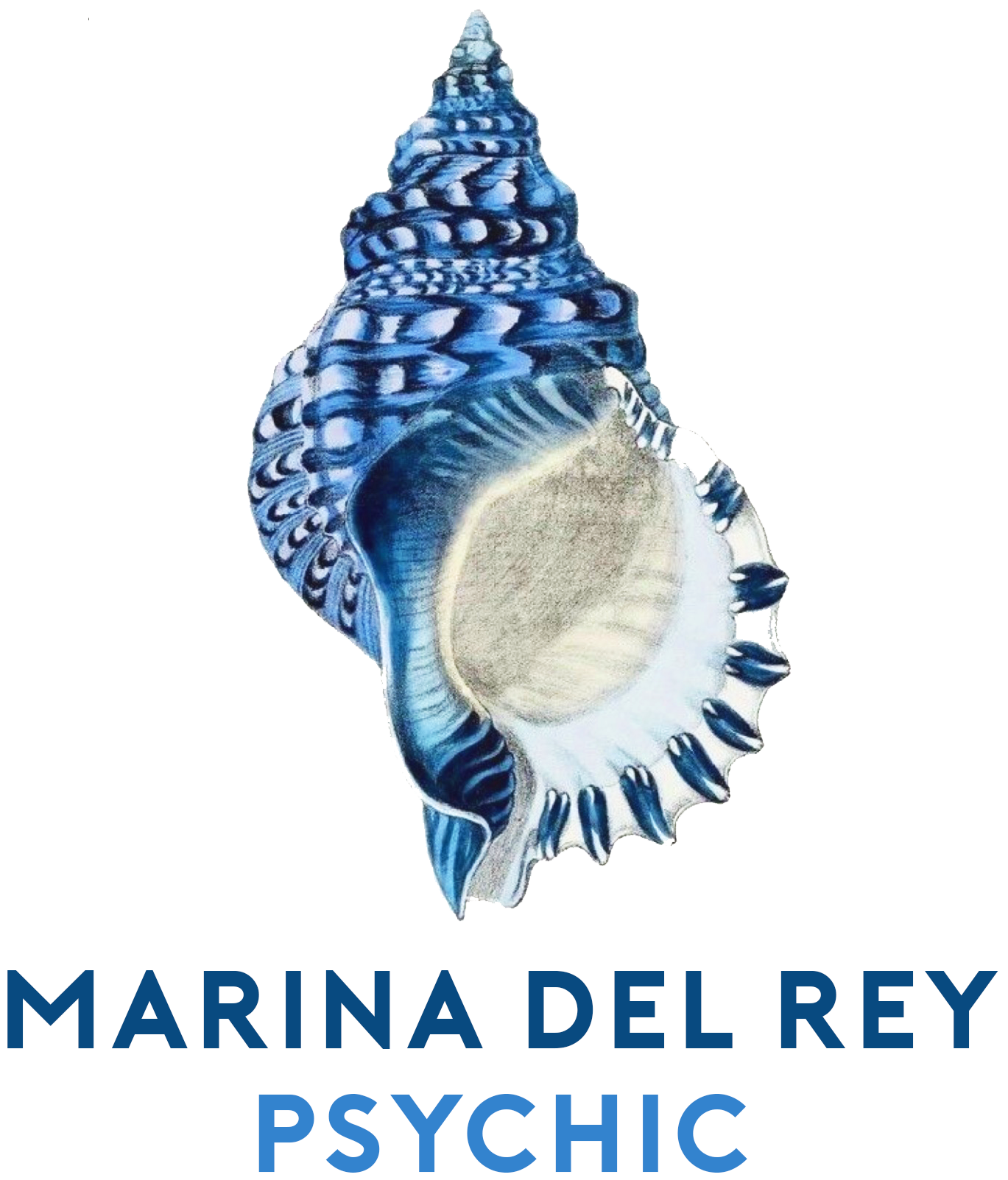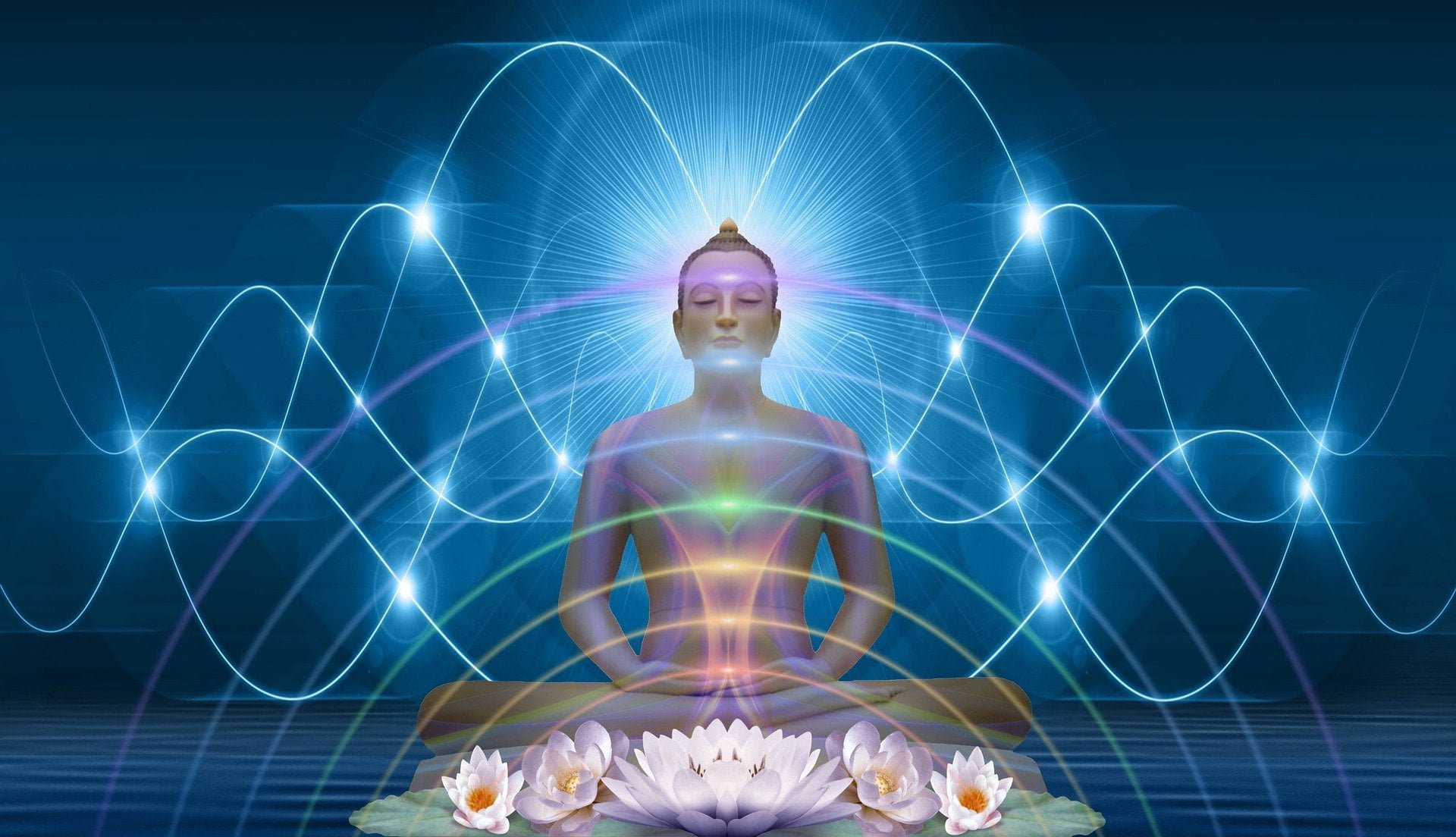Three Dimensions Of The Karmic Cleansing Process
Karma is a Sanskrit word with the syllable “kri” as a root, meaning “action.” Karma denotes the principle of cause and effect or the influence of certain actions on future events. The word karma has become a part of almost all world languages.
Since karmic law represents the universal cosmic principle, an intelligent person will respect it. It is a shame that most people are unaware of this simple truth. If everyone understood that everything emitted to others, be it a thought, emotion, or action, is received in the same way in return, many thoughtless acts would never have been done.
Doreen specializes in karmic cleansing and healing. Located in Marina del Rey and serving in the Greater Los Angeles area, Doreen welcomes clients at office at 750 Washington Blvd. in Marina del Rey, CA 90292. You can reach her by phone at (310) 277-5683.
REINCARNATION AND PAST LIVES
The term karma is closely connected with the term “reincarnation,” which says that humans do not exist only as physical beings but also as spiritual beings, having a soul (self, atman, or transpersonal center) that can travel from one body into another. The soul leaves the physical body at the moment of its death, only to reappear in a new fetus. It reincarnates into a new physical form, in a new place, and sometimes into a different sex, with new goals, new characteristics, and talents. During the period between two incarnations, the soul is aware of its previous physical existence and all the other past lives. It is aware of its actions and their consequences and wants to compensate for the negative karma in its future existence. By doing this, the soul will gain the freedom to actualize its creative potential and realize the goals it feels attracted to at the moment. A plan for future life is crucial in the process of a new embodiment.
CHANGEABLE AND UNCHANGEABLE KARMA
It is impossible to change some aspects of karma, such as the body we possess, our parents, the country we were born in, our talents and potentials, our temper, and numerous other frameworks we are given. They represent the karmic limitations that we can only accept and live within the best we can. It is also not possible to change our dharma, which is a Sanskrit word interpreted by Hinduism as “duty,” “obligation,” or “our life’s mission.” We have chosen our dharma ourselves because we considered that such a particular mission would bring us fulfillment and consequently become the way to our creative self-realization. So, it would be absurd to change something having such a precise purpose. Sometimes it is possible to accomplish our dharma faster, thus gaining time and space for new experiences, but we can never change it completely.
SPIRITUAL ASPECTS OF THE KARMIC PROCESS
Every karmic pattern has its meaning which stands outside the borders of the process itself, or the debt and its pay-off. Apart from solving a karmic problem technically by purifying its inner and outer dimensions, the third, most subtle aspect of the karmic process is its spiritual dimension. It deals with the spiritual lessons lying behind each karmic pattern or with the quality of spiritual experiences and knowledge, which will help us avoid other negative karmic processes.

